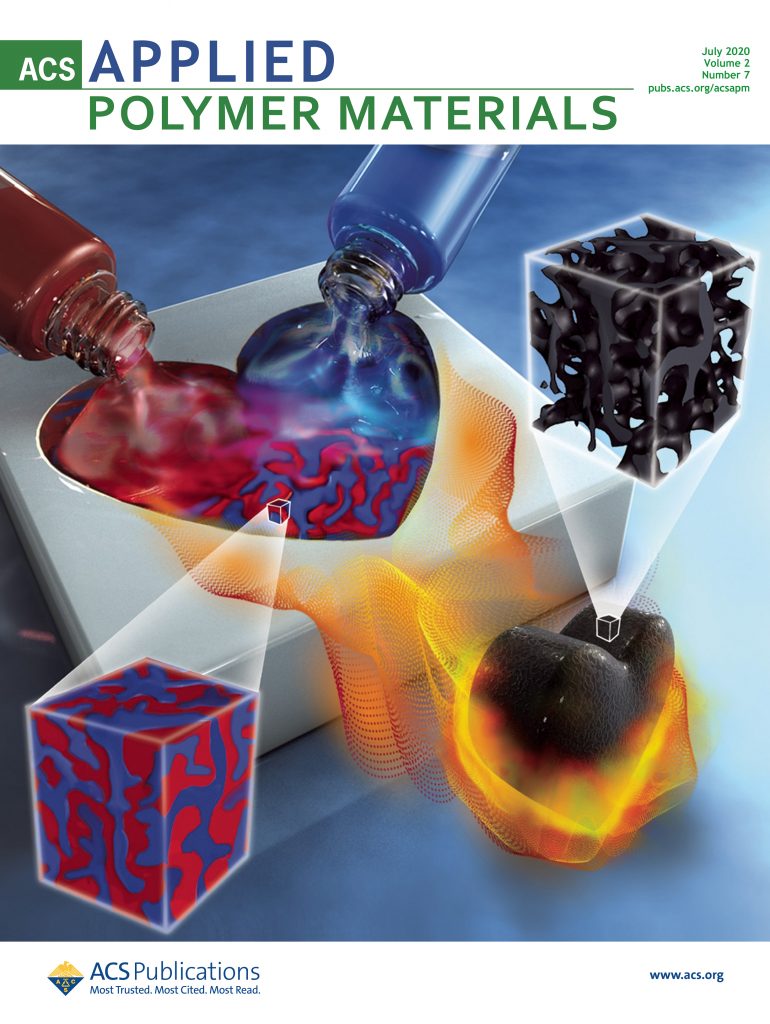Towards Motion Metamers for Foveated Rendering
IF 4.4
2区 化学
Q2 MATERIALS SCIENCE, MULTIDISCIPLINARY
引用次数: 0
Abstract
Foveated rendering takes advantage of the reduced spatial sensitivity in peripheral vision to greatly reduce rendering cost without noticeable spatial quality degradation. Due to its benefits, it has emerged as a key enabler for real-time high-quality virtual and augmented realities. Interestingly though, a large body of work advocates that a key role of peripheral vision may be motion detection, yet foveated rendering lowers the image quality in these regions, which may impact our ability to detect and quantify motion. The problem is critical for immersive simulations where the ability to detect and quantify movement drives actions and decisions. In this work, we diverge from the contemporary approach towards the goal of foveated graphics, and demonstrate that a loss of high-frequency spatial details in the periphery inhibits motion perception, leading to underestimating motion cues such as velocity. Furthermore, inspired by an interesting visual illusion, we design a perceptually motivated real-time technique that synthesizes controlled spatio-temporal motion energy to offset the loss in motion perception. Finally, we perform user experiments demonstrating our method's effectiveness in recovering motion cues without introducing objectionable quality degradation.为有纹理渲染设计运动元器
有凹槽渲染利用了外围视觉空间灵敏度降低的特点,大大降低了渲染成本,同时又不会明显降低空间质量。由于其优势,它已成为实时高质量虚拟现实和增强现实的关键推动因素。但有趣的是,大量研究表明,外围视觉的一个关键作用可能是运动检测,但有焦点的渲染会降低这些区域的图像质量,这可能会影响我们检测和量化运动的能力。这个问题对于身临其境的模拟来说至关重要,因为检测和量化运动的能力会驱动行动和决策。在这项工作中,我们偏离了当代实现有焦点图形目标的方法,并证明了外围高频空间细节的损失会抑制运动感知,从而导致低估速度等运动线索。此外,受一种有趣的视觉错觉的启发,我们设计了一种以感知为动机的实时技术,它能合成受控的时空运动能量,以抵消运动感知的损失。最后,我们进行了用户实验,证明了我们的方法在恢复运动线索方面的有效性,同时不会带来令人反感的质量下降。
本文章由计算机程序翻译,如有差异,请以英文原文为准。
求助全文
约1分钟内获得全文
求助全文
来源期刊

ACS Applied Polymer Materials
Multiple-
CiteScore
7.20
自引率
6.00%
发文量
810
期刊介绍:
ACS Applied Polymer Materials is an interdisciplinary journal publishing original research covering all aspects of engineering, chemistry, physics, and biology relevant to applications of polymers.
The journal is devoted to reports of new and original experimental and theoretical research of an applied nature that integrates fundamental knowledge in the areas of materials, engineering, physics, bioscience, polymer science and chemistry into important polymer applications. The journal is specifically interested in work that addresses relationships among structure, processing, morphology, chemistry, properties, and function as well as work that provide insights into mechanisms critical to the performance of the polymer for applications.
 求助内容:
求助内容: 应助结果提醒方式:
应助结果提醒方式:


